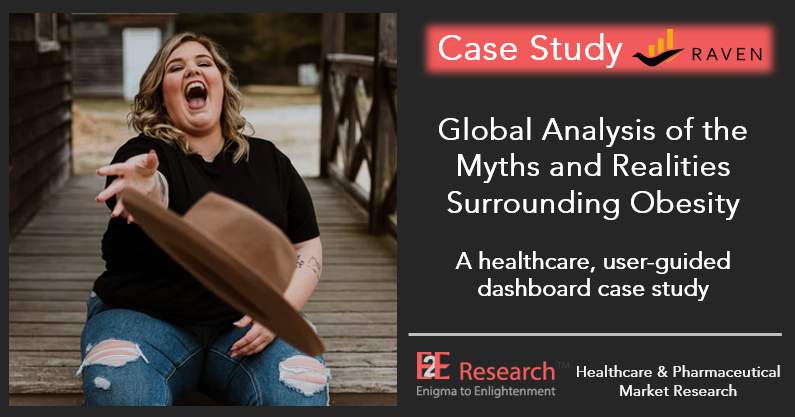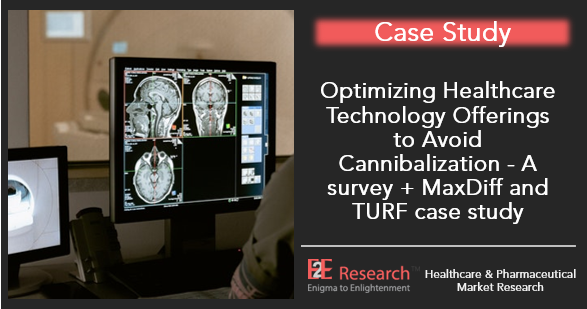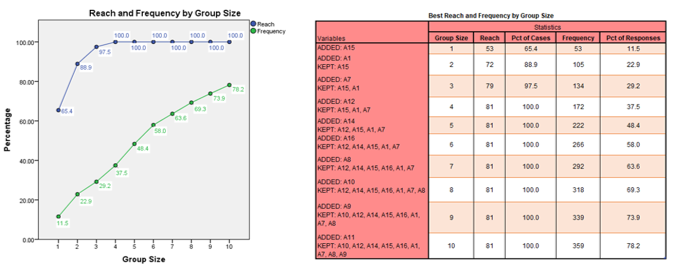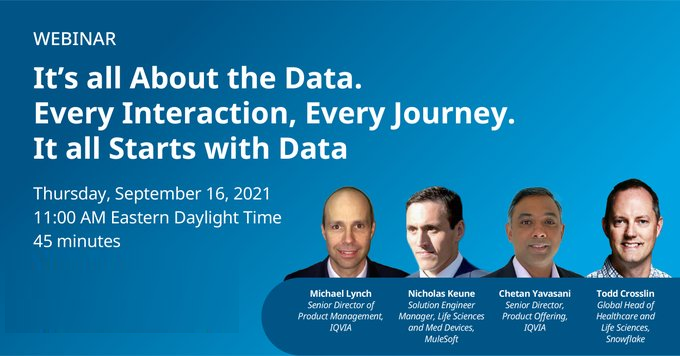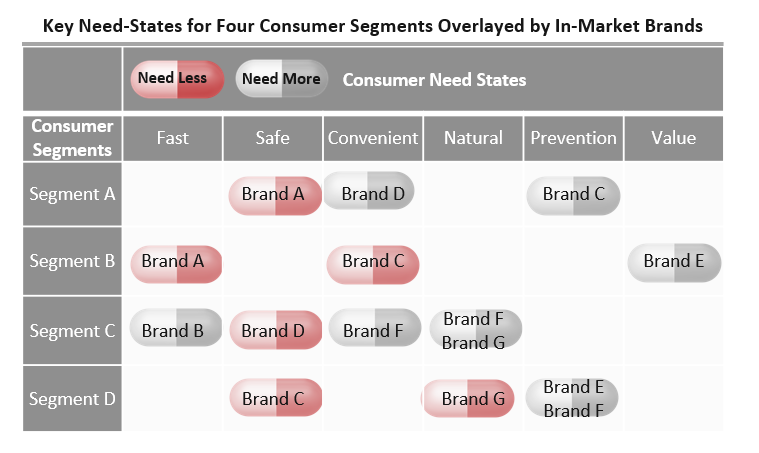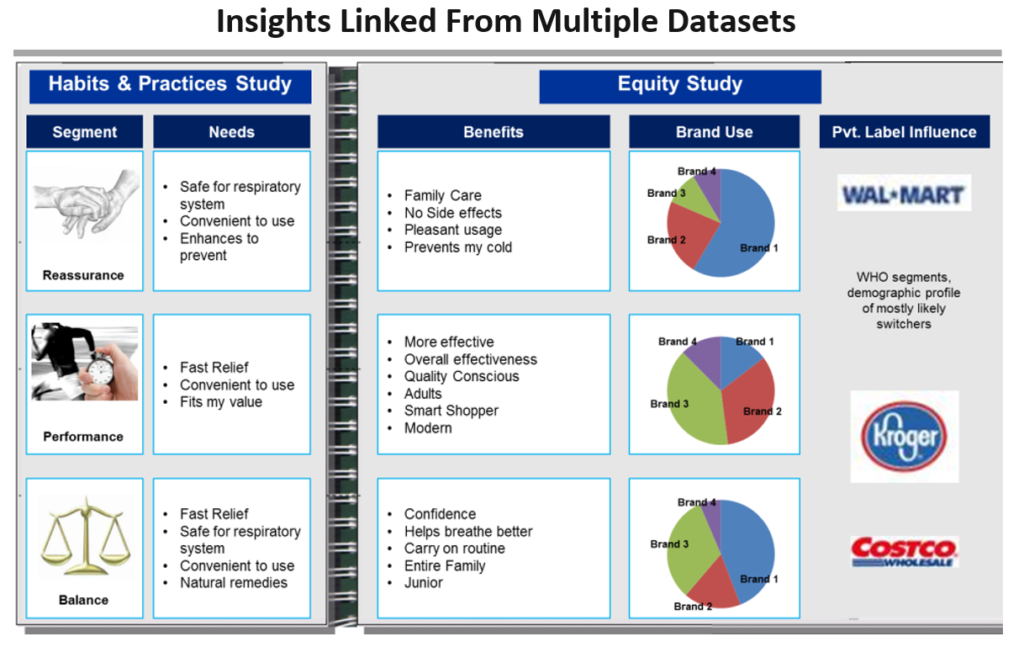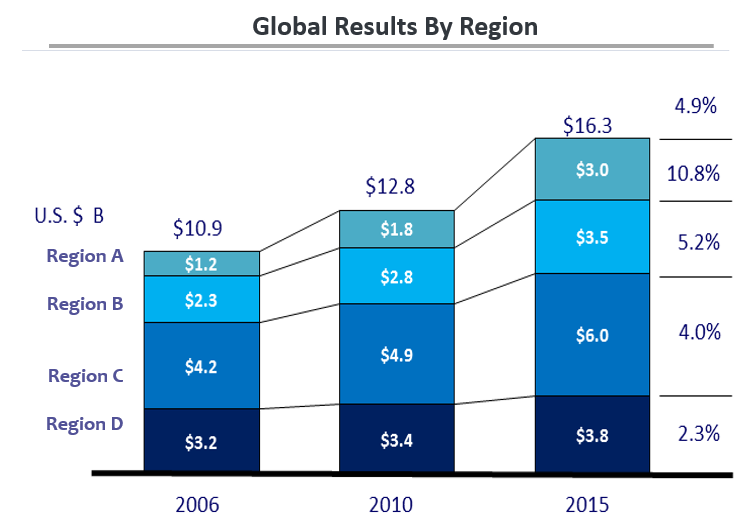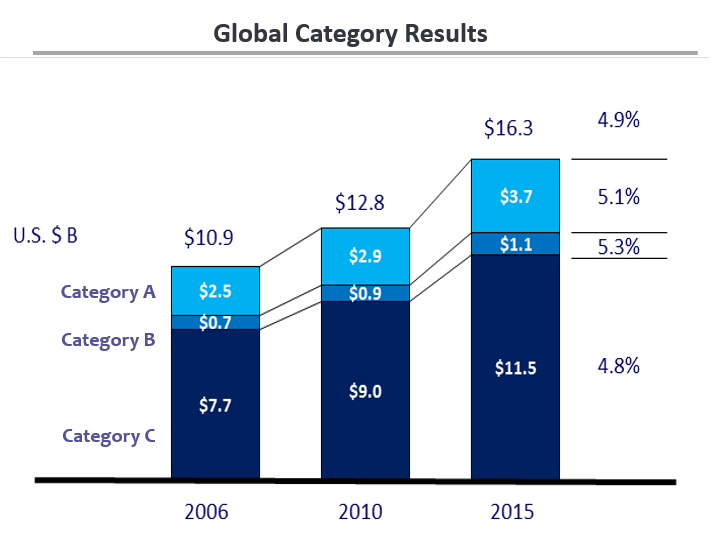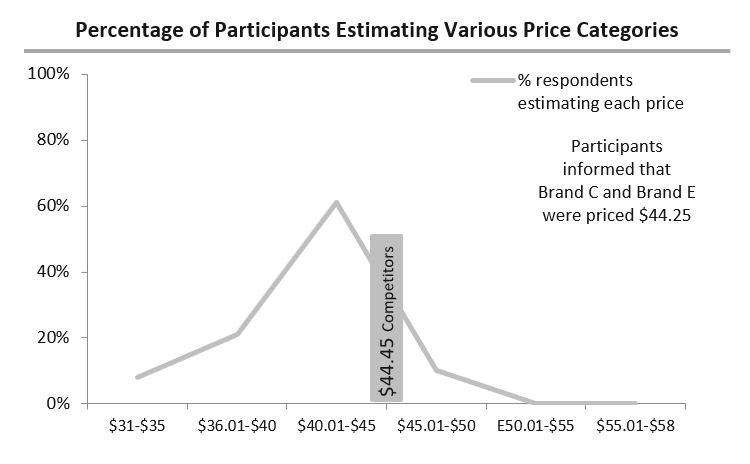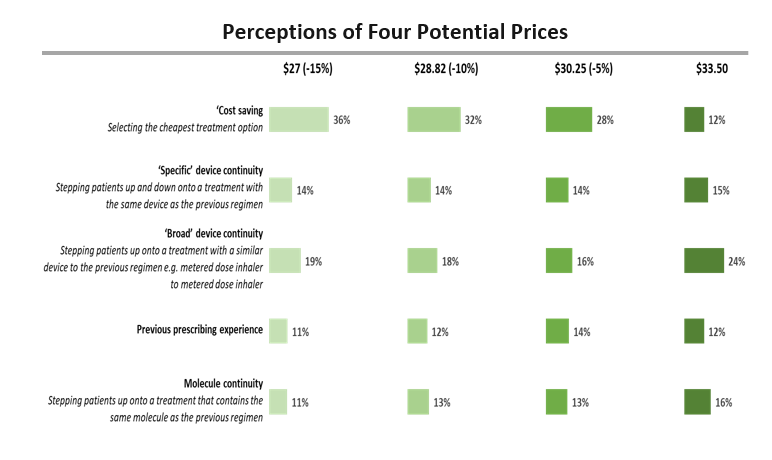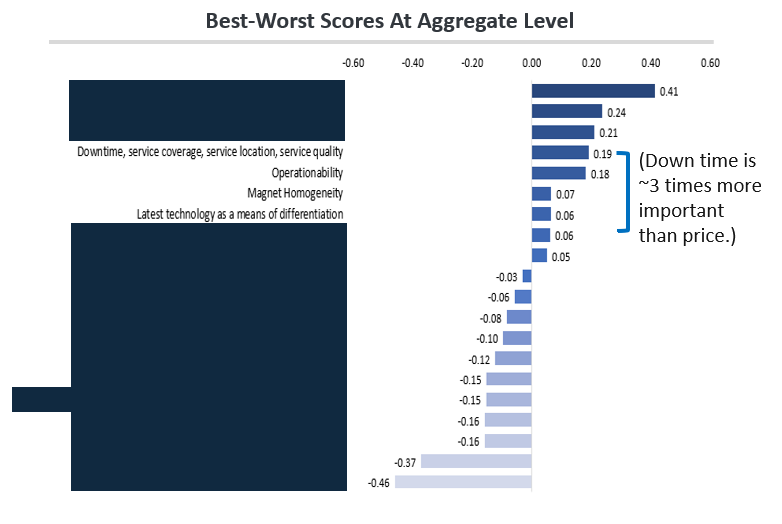By E2E Research | April 30, 2021
Market research is the foundation of any successful business. Within the healthcare industry, it helps us to better understand perceived strengths and weaknesses of medical devices and pharmaceuticals, gain a better understanding of key stakeholder wants and needs, gain a better understanding of the industry and competitive market space, gain a better understanding of advertising campaigns and promotions, and create fair and profitable pricing strategies. Let’s address each of these areas individually.
(Of course, feel free to skip to the end for a list of healthcare/pharma conferences and podcasts!)
Better Understand the Product Strengths and Weaknesses
At the heart of a successful business is a carefully researched and designed product or service that meets the key needs of its target audience. By conducting well designed surveys and product/sensory tests via IHUTs or Central Location Tests, you can understand:
- What needs does your product meet and what unmet needs need additional development?
- What features of the product are unique within the broader, competitive category and can serve as your unique selling points?
- How is the product correctly and incorrectly used suggesting needs for training or redesign?
- How is your product used in unanticipated ways such that new needs or audiences could be addressed?
- Does the memorability of your product require improvements in terms of its features, branding, colors, or logos?
- Should certain product lines be expanded or reduced based on growing or decreasing market needs?
.
Review a product case study:
Better Understand the People: Patients, Caregivers, Physicians, Healthcare Workers, Payers
While a quality product or service is being build, it’s important to understand the perceptions of all key stakeholders. From users to buyers and those who will be recommending the product, it’s imperative that each group understand the strengths and weaknesses of the product in order to ensure maximum success. Using questionnaires, business intelligence, and secondary research, there are a number of key questions you will need to understand about your key stakeholders:
- Who is your target audience in terms of their demographic, psychographic, family, social, economic, and health characteristics?
- How does the patient journey evolve from the onset of symptoms through to diagnosis, treatment, management, and recovery while understanding medical, emotional, financial, and social needs and situations?
- What personal experiences do patients have within the category including adverse events from your brand and competitive brands?
- Which stakeholders come into contact with your treatments, medical devices, or healthcare facilities e.g., buyers, administrators, payers, technicians, clinicians, patients, families?
- What does each stakeholder group need, want, feel, and prefer?
- What drives each key stakeholder group to choose, use, buy, and recommend your brand vs competitive brands, e.g., clinicians, patients, payers, buyers, sellers
- Which stakeholders will influence your target audience to consider using or buying treatments, medical devices, or facilities?
.
Review a stakeholder case study
Better Understand the Placement, Industry, and Competitive Market Space
Every product or service exists within a broad ecosystem of competitive brands and companies. By conducting questionnaires or secondary desk research, you can understand a wide range of business problems such as:
- Who are your primary and secondary competitors locally, globally, and virtually?
- What product, physical, emotional, social, and economic needs is the market needs failing to address?
- How has the competitive landscape changed over the last year and how might it forecast into the next 3 to 5 years within your country and potential expansion countries?
- Where are the white spaces to develop new products, extend services, or open new locations?
- Can secondary data help us understand how large our existing market is and how large it could be while remaining profitable?
.
Review a market case study
Better Understand Promotions, Advertising, and Campaigns
With a great product or service built and the target audience well understood, a marketing campaign is normally required to reach out to the target audience and introduce them to your offering. Using questionnaires or data analytics, a number of key questions can be answered:
- Which online and offline information channels do your users and buyers use to learn about new products, gather recommendations, or make purchases?
- What types of messaging would be most successful at reaching your target audience and differentiating your brand from competitors?
- What types of ads would be most effective with each of your audience segments when considering likability, meaningfulness, believability and the likelihood to act?
- What types of healthcare marketing campaigns are more likely to be successful?
- What types of brands, companies, or influencers would your users and buyers like to be incorporated in an integrated marketing campaign?
- Which concepts are most memorable and would generate the most action from your target audience?
.
Review an advertising case study:
Create A Fair and Profitable Pricing Strategy
There is more to pricing than picking a number that will generate profit. A price that is too high can reduce physician recommendations and insurance coverage. A price that is too low leaves achievable profit on the table. A final price can only be determined by understanding your true profit margin, market pricing, and stakeholder needs. To build the most effective pricing strategy for your medical device, pharmaceutical product, or service, conduct the appropriate surveys, interviews, and secondary research first.
- Based on secondary research, how are competitive products on the market currently priced?
- Using questionnaire data, what type of pricing strategy is most appealing to healthcare administrators and payers?
- What type of pricing strategy would facilitate product recommendations from clinicians and physicians?
- Which user segment has the least and the greatest revenue potential?
- Based on a Conjoint or MaxDiff questionnaire, which product features drive higher and lower prices?
- Which set of product features would drive the most profit?
- What type of pricing strategy is fair for and accessible versus out of reach to patients?
.
Review a pricing case study
Conclusion
Building a successful medical, pharmaceutical, or healthcare product or service requires a foundation of well designed and executed research coupled with well analyzed and actioned results. Whether you’re tasked with supporting the growth of an innovative new brand or helping a company understand their buyers and their business, our team has more than ten years of experience helping researchers, marketers, and brand managers generate great quality healthcare data and insights for the questions outlined above. Please feel free to email your project specifications to our research experts using Projects at E2Eresearch dot com. We’d love to help!
Learn at upcoming healthcare industry conferences
- Future of Pharma Marketing Summit 2022: January 25 to 26, 2022
- Pharma Multi-Channel Excellence: January 26, 2022
- Joe Public Retreat: Nashville, February 7 to 9, 2022
- Annual PMRC Conference 2022: Newark, February 9 to 10, 2022
- Medicare Marketing Sales Summit (MMSS): Las Vegas, February 16 to 18, 2022
- Pharma CI: Zurich, March 24 to 25, 2022
- Annual PMRG/Intellus Summit: April
- DTC National: Boston, April 20 to 21, 2022
- Society for Healthcare Strategy and Market Development (SHSMD): Maryland, May 4 to 6, 2022
- Pharma Marketing Summit: Boston, May 12 to 13, 2022
- Annual PMRC Conference: Bay Area, Summer, 2022
- Annual EphMRA Conference 2022: June 21 to 23, 2022
- Annual PMRC Conference: Europe, Fall, 2022
- Pharma CI: Newark, September 21 to 22, 2022
- OTC National: October
.
Listen to some great podcasts about healthcare marketing
